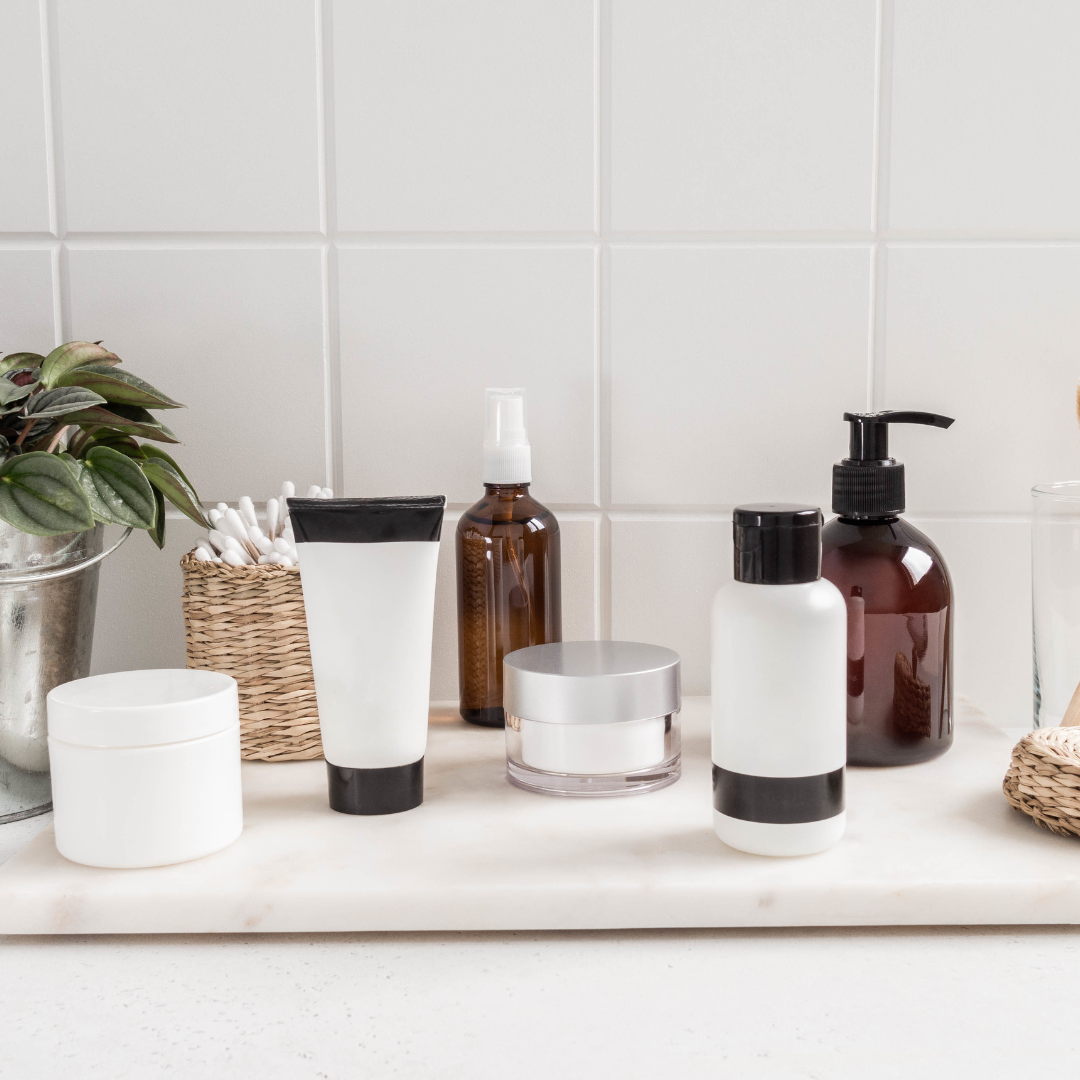After over 30-years of proposals and preparation, the United States Food and Drug Administration has finalized its new long-await regulations for sunscreen products. Beginning 2012 the regulations go into effect. The difference in the actual products may be minimal, but the differences in the legal claims that can be made on those products are dramatic.
Simply put, companies will have to be able to prove the claims they make.
The two biggest claims on any suntan product are the claim of SPF and the claim of “UVA/UVB”, also known as “Broad Spectrum”. The US-FDA is now required strict testing measures be taken, and a new label format be followed to disseminate this information.
For SPF validation, a test must be physically performed on a minimum of ten human subjects. For the “Broad Spectrum” or “UVA/UVB” Claim, a product must be tested to meet a certain critical wavelength (370nm). This distinction is crucial. If a product does not test out with a critical wavelength of 370nm or better, the product can not claim protection against UVA rays. UVB rays are the rays that burn the skin; that cause sunburn. UVA rays however, is the radiation that causes skin cancer and premature aging of the skin. Only products that are validated at an SPF-15 or higher, and can prove UVA protection will be able to claim on their container that the product protects against skin cancer caused by the sun. As a matter of fact, any product that not document that proof must have a warning on the container that clearly states the product protects against sunburn only, and does not protect against skin cancer or premature aging of the skin caused by the sun.
Another thing that will no longer be allowed is the term “waterproof”. If a product passes specific testing to show effectiveness after 40-minutes submersed in water, it can carry the claim “water resistant”. If a product passes this test after 80-minutes, if can make a claim of “very water resistant”.
It is an important warning for consumers that there are still several small companies and internet based distributors that will be making false claims on their products. The safest way to be sure is to examine the back label on a bottle. Look for the new list of warnings and broad-spectrum claims to make sure a product is listing all of the new information required by the US-FDA.










